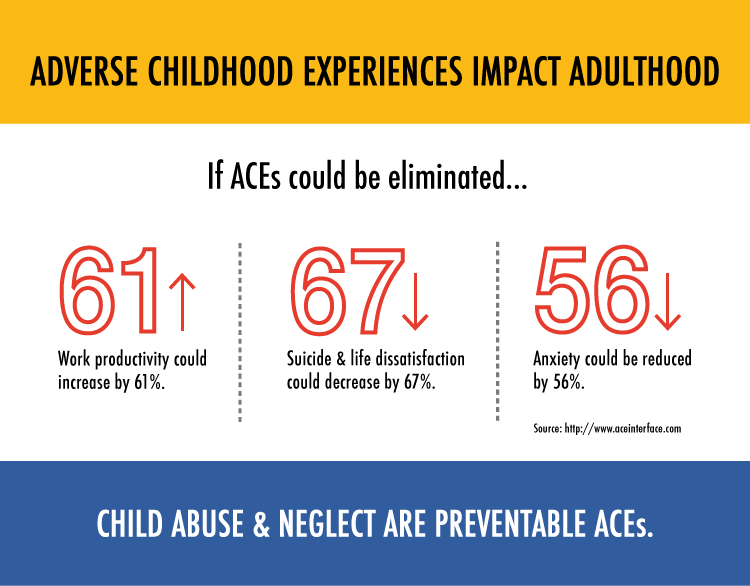What I’m Reading: Grief, Loss, And Life After
Grief and loss are the worst. And really it doesn’t matter whether it’s anticipatory grief (waiting for a death that you know is coming sooner rather than later), grief after an unexpected or expected loss, a collective grief (like after a school shooting) or grief involving trauma. What does matter is that grief can change our internal landscape and lived experience in an instance, sending us lurching into an existence we didn’t want and don’t know how to maneuver through. Probably I don’t have to tell you this, though. You know this from personal experience. If we live long enough, we end up carrying the losses of loved ones who’s died. It’s inevitable. And often very, very lonely.
When I heard Megan Devine talking about her book “Its OK That You’re Not OK: Meeting Grief and Loss in a Culture That Doesn’t Understand” it was immediately clear that she gets grief in all it’s pain and complexity. She gets how terrible grief is and doesn’t try to sugarcoat it. And instead of trying to “fix” grief, she suggests tending to our own grief in a new, tender way.
Needless to say, I immediately went out and bought the book (from my favorite bookstore, Charis Books, how’s that for a plug?) Even though it’s been a number of years since my own latest grief, reading this book is like breathing a sigh of relief: finally someone who gets it!





